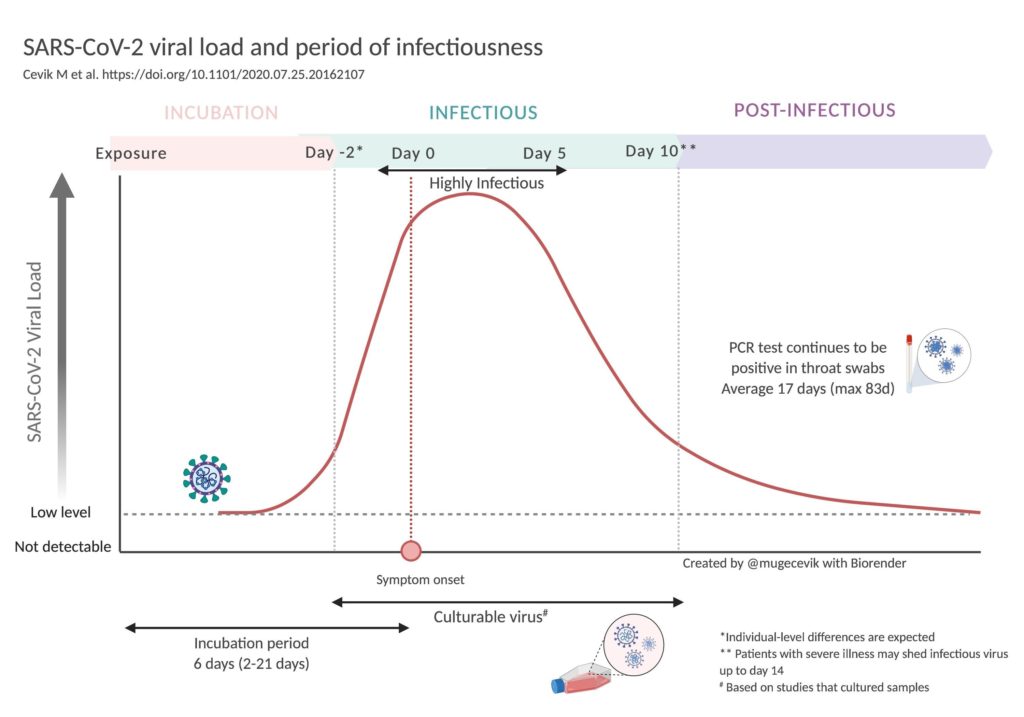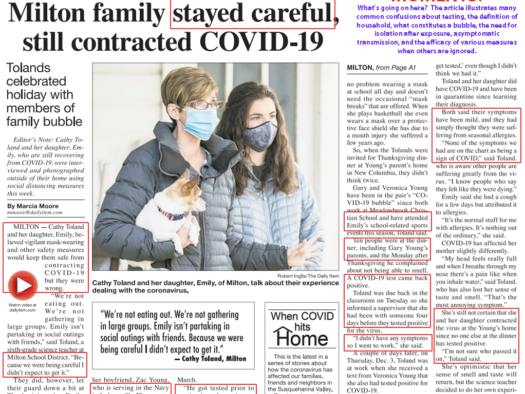It is really helpful to have the Daily Item putting out its When COVID Hits Home series, with stories about the personal experiences of local families who have dealt with COVID in some way. It is so generous of people to come forward to talk. The stories give a window into the challenges of the pandemic and inspire compassion. Reading them also gives us an opportunity to learn from other people's experience and think through ways we can all try to handle things in future to further reduce risk of infection. The reality is that anyone can get infected and the level of precautions (or lack thereof) that may have worked for you earlier in the year may not be sufficient as there are more cases circulating in the community. It is also true that we are not fully in charge of our own exposure; we depend on others to help protect us, just as they depend on us to help protect them.
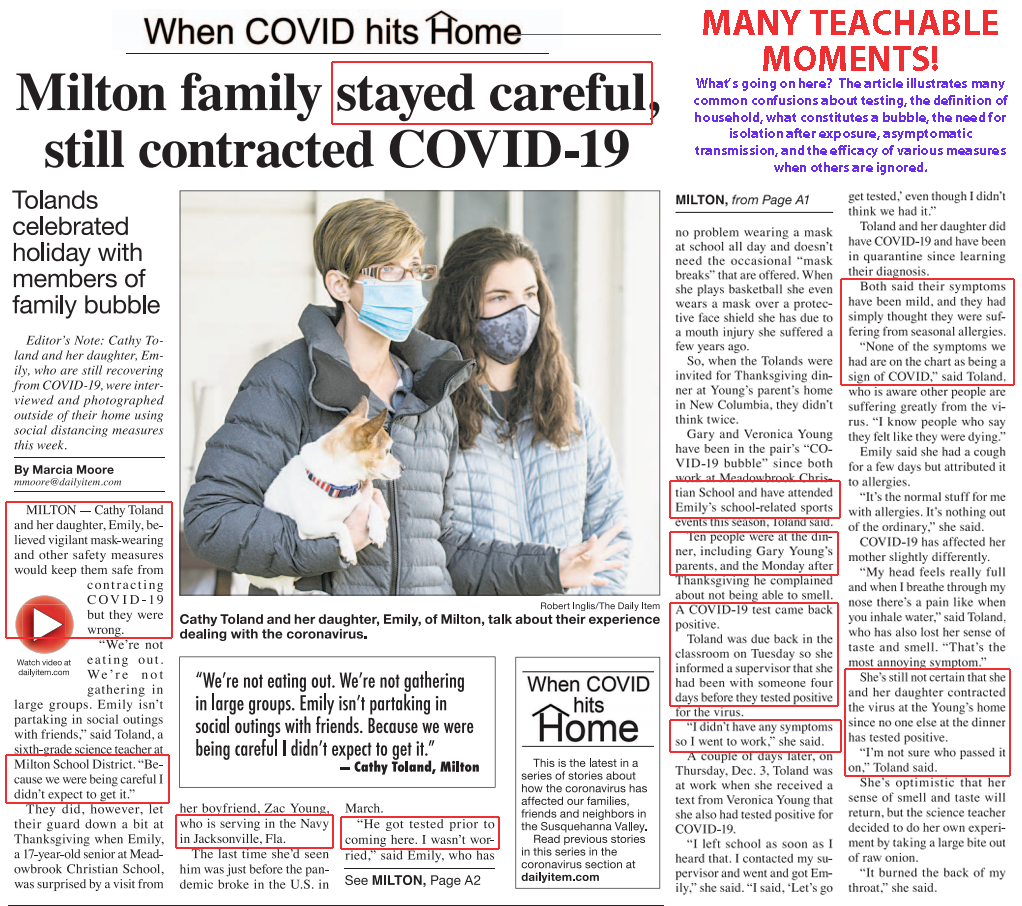
The COVID Hits Home article from Friday, December 11th, is a case in point, with lots of teachable moments. It was about a family in Milton that felt like they had done everything right but still contracted COVID. They noted that they had been wearing masks and trying to reduce their contacts by creating a pod with another family. Unfortunately their positive efforts were undermined by other circumstances and decisions. They mention a boyfriend returning for Thanksgiving from out of state where he likely had lots of contacts. That visitor did have the benefit of one negative test beforehand, but depending on test timing, exposure both before and after being tested, and potential exposures in traveling to PA from FL, that was probably a risky guest to gather with indoors without masks. They also mention forming a pod with the boyfriend’s family locally, but for Thanksgiving the pod expanded from the original two households to at least four households, including a set of grandparents and the boyfriend himself. Not very pod-like!
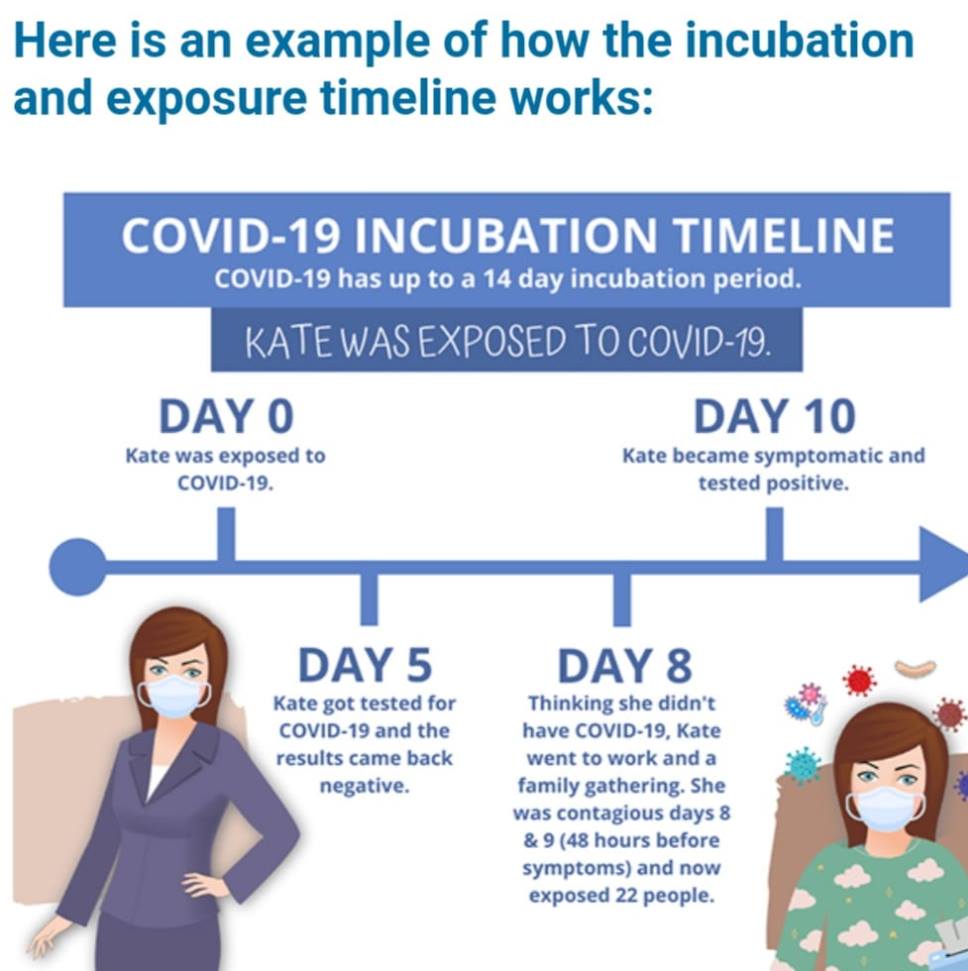
They also went on to talk about how they discovered sequentially that various people they had gathered with that weekend had subsequently developed symptoms and then tested positive. In spite of having been exposed to those people in the couple of days before they showed symptoms, when they would have likely been contagious, the family continued to go to work and school, possibly exposing others. They talk about not thinking of their mild symptoms as possibly being COVID, but we have to remember that if it's possible to have a case so mild you don't notice it, almost any mild symptoms of slightly altered physiology could be signs of it. It also has such a wide array of possible symptoms that there almost aren't symptoms that couldn't possibly be COVID. It's even possible that their unremarked symptoms could have been ongoing and perhaps they were the source of the shared infections.
We are certainly seeing people disregarding symptoms not out of malice but because they simply don't realize they might actually be COVID. We don't normally stay home is we feel a little bit off. Right now, "just allergies" is an indicator that you should stay home or if you can't that you absolutely wear a mask at all times -- no indoor gathering with unmasked eating with others!
It might be better to frame the article around these teachable moments. The title could have emphasized these common pitfalls and challenges. It would have offered more opportunity to point out how masks and some distancing are necessary but not sufficient. In particular they are not enough if there are still outside contacts. A better title might have been “We Tried to Stay Careful, But There Were Some Holes in Our Defenses.”
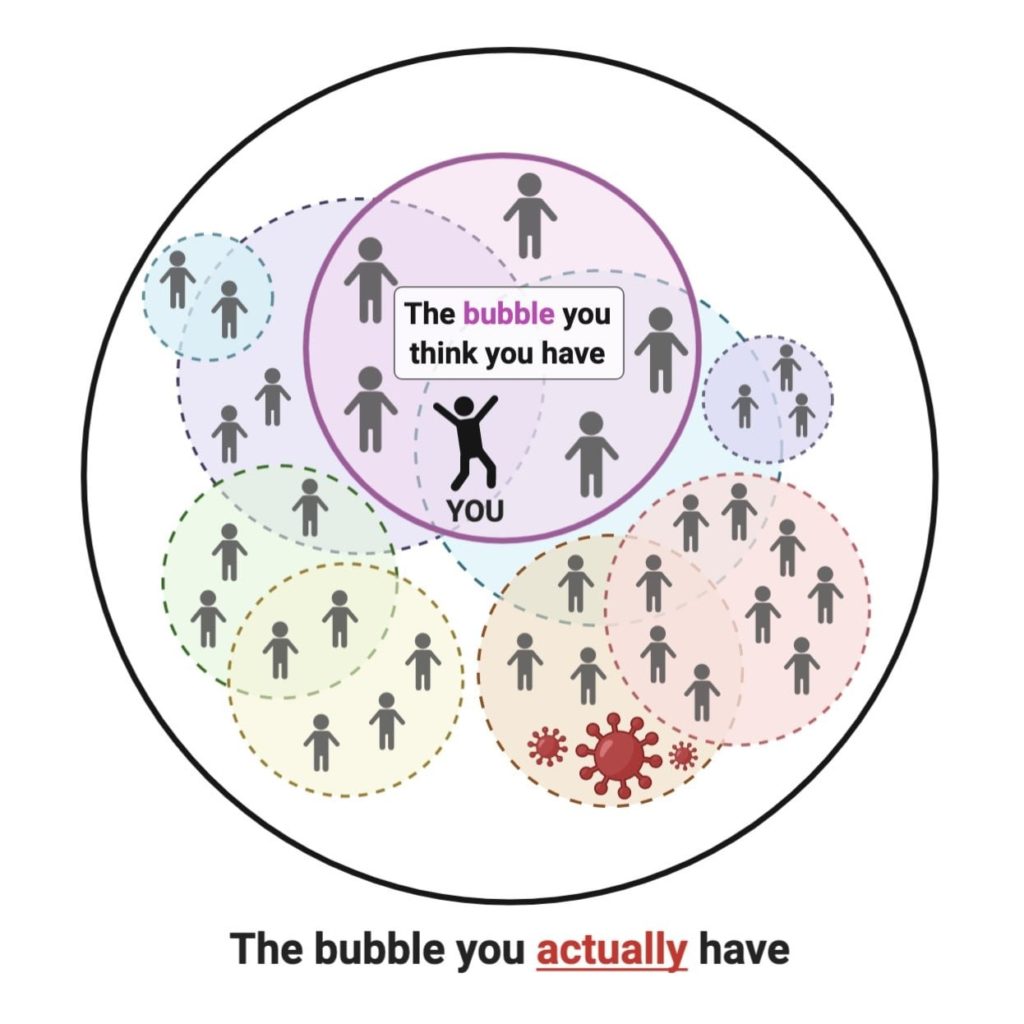
This isn’t at all obvious or easy. If it were, we wouldn’t be having to go over it again and again and we would all just be doing what it takes, keeping numbers low, and keeping schools and businesses open. There are some people actively sabotaging things, but most people really do want to help and do what it takes to avoid increasing restrictions – or since it’s now too late for that, to work toward creating conditions that would allow for the lifting of those restrictions again.
In that spirit, let's keep working on the basics: masks, distancing, and hygiene. Let's also incorporate isolation if we have a positive test, a known exposure, or ANY symptoms and quarantine as required. And let's watch out for those hazardous indoor gatherings with people from other households. It doesn't feel normal for loved ones to be risky, but if they live in other households, right now they are!
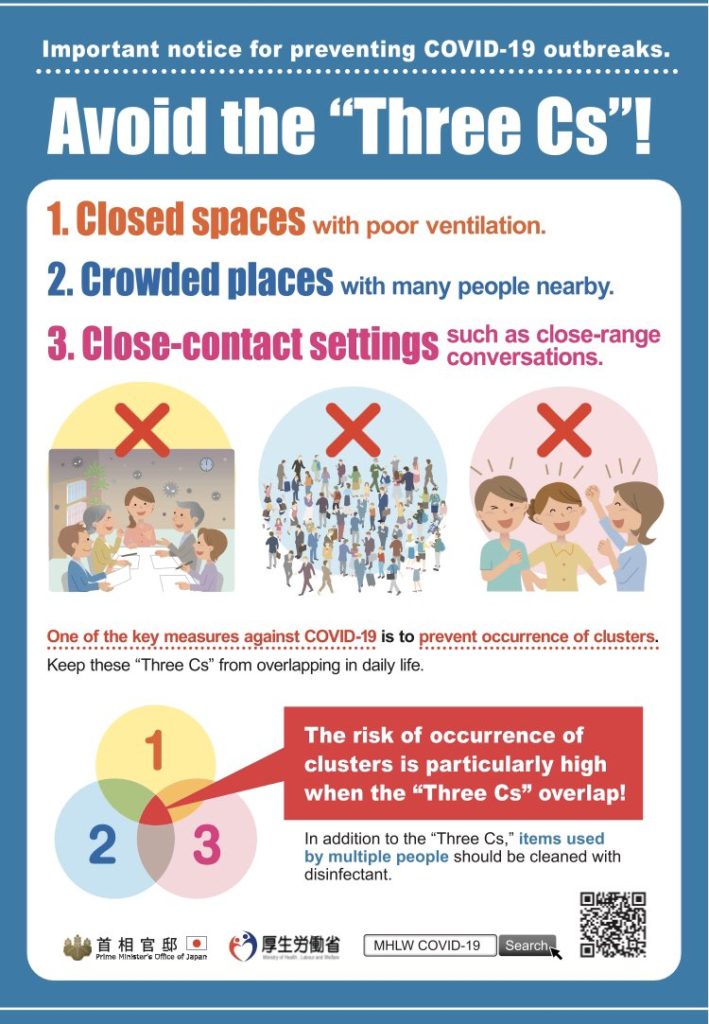
MORE ABOUT QUARANTINE AND CHANGING GUIDELINES
The CDC adjusted the quarantine guidelines at the beginning of December in recognition of the lack of compliance with the 14-day recommendation. They made the change not because there is evidence that 14 days isn't ideal, but in hopes of getting more people to do some quarantine during the period of greatest infectiousness.
There is now a shorter (and less ideal) option to end quarantine after 10 days, without a test, and another even shorter to get a test around day 5 and if it is negative end quarantine at day 7. In both cases, you would continue to monitor for symptoms and wear masks around anyone else (even in your household, eating at different times or in different places as necessary) until day 14.
Vox has done several articles explaining things quite well. Here is one from before Thanksgiving (and before the change in the guidelines). And here is another about the change.
They note that "CDC is still recommending 14-day quarantine — that should not be lost here." At least one infectious disease expert is quoted saying that she "would’ve liked to see testing on day six or seven and then end of quarantine when the result comes back negative."
At any rate, you do not currently have time to start a quarantine for Christmas Day. So just file this away.
The graph shown here gives a profile for infectiousness over time and should be kept in mind if you were to be trying to figure out how much risk you might present by showing up in another household. There are plenty of memes floating around giving one hypothetical timeline to illustrate how a single test and inadequate or no quarantine could give people a false sense of security and then lead them to infect others over the holiday. There are many variations on the timing of exposure, testing, results, and gathering. The only ones that can be expected to really work would be the full 14 day quarantine (for a single person) or a 14 day quarantine plus terminal testing (for a household with multiple people who might have harbored an asymptomatic case and passed it around amongst them during the quarantine). This graph should help to explain how challenging it would be to ensure that you would not present a mutual risk by bringing households together right now without going to what feels like ridiculous lengths.
